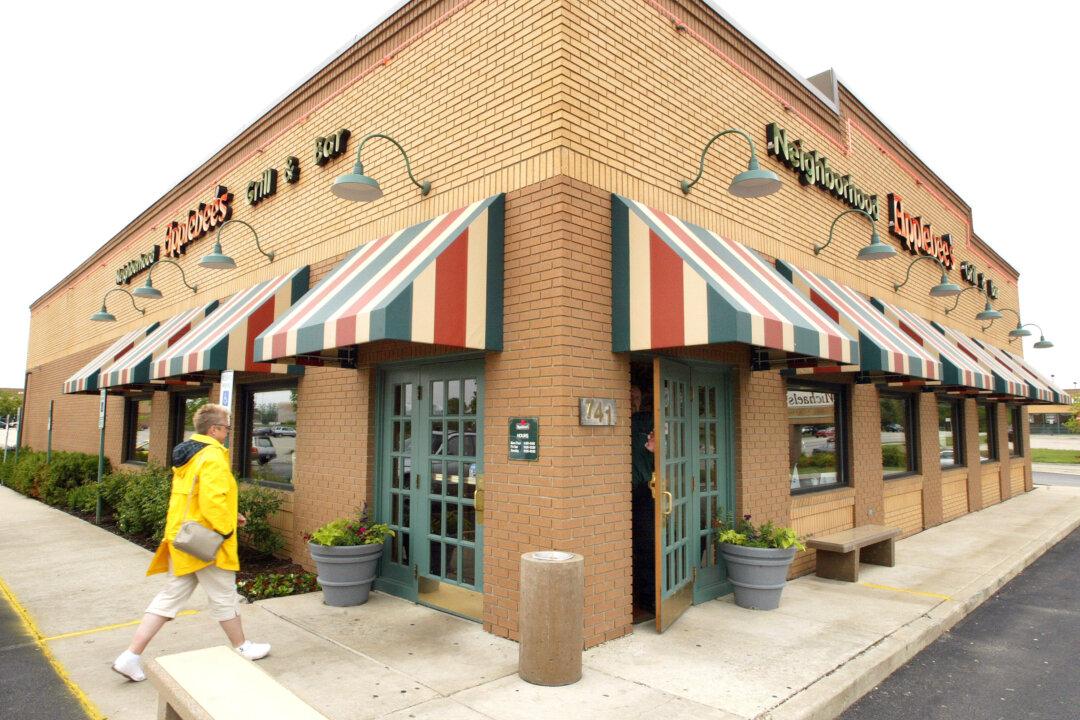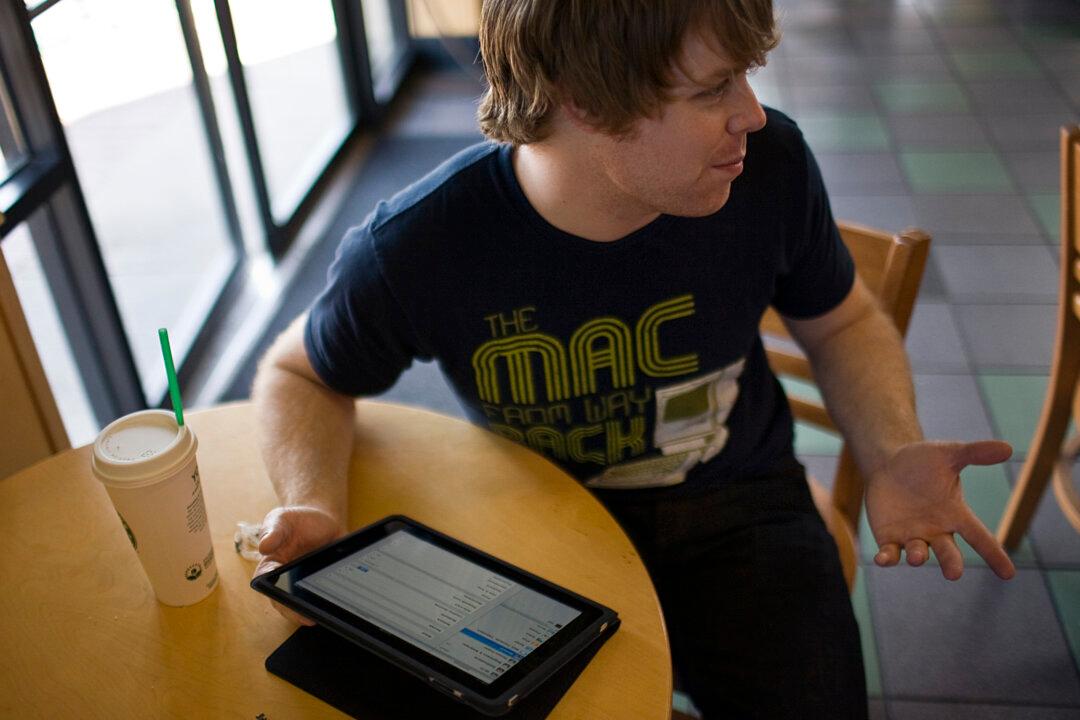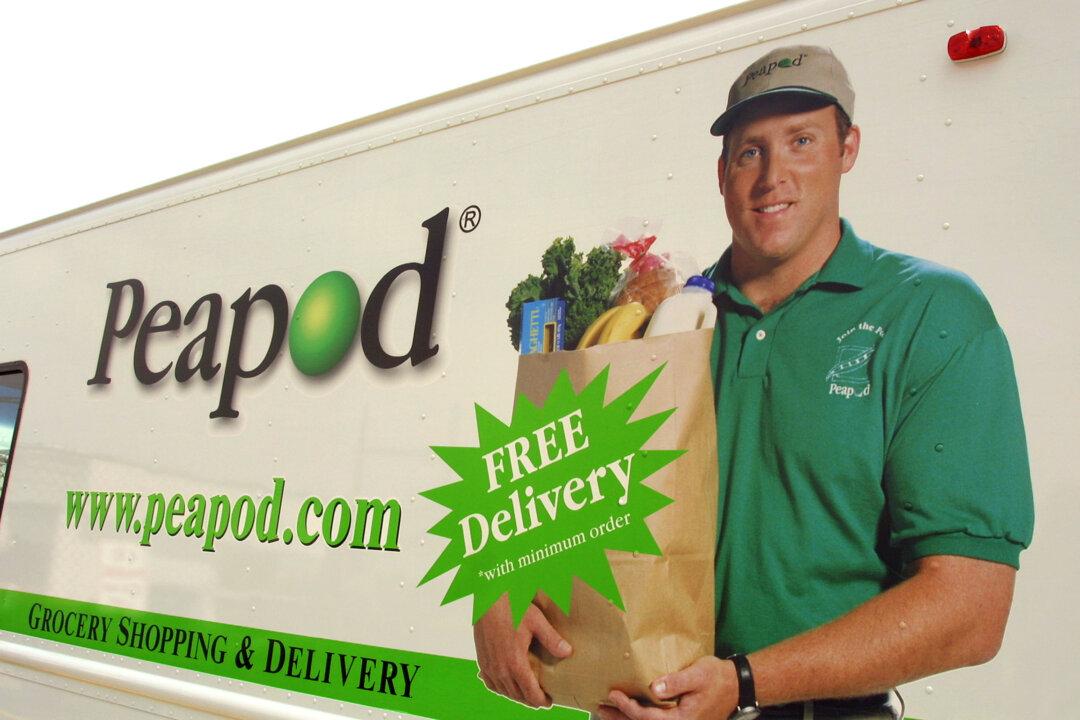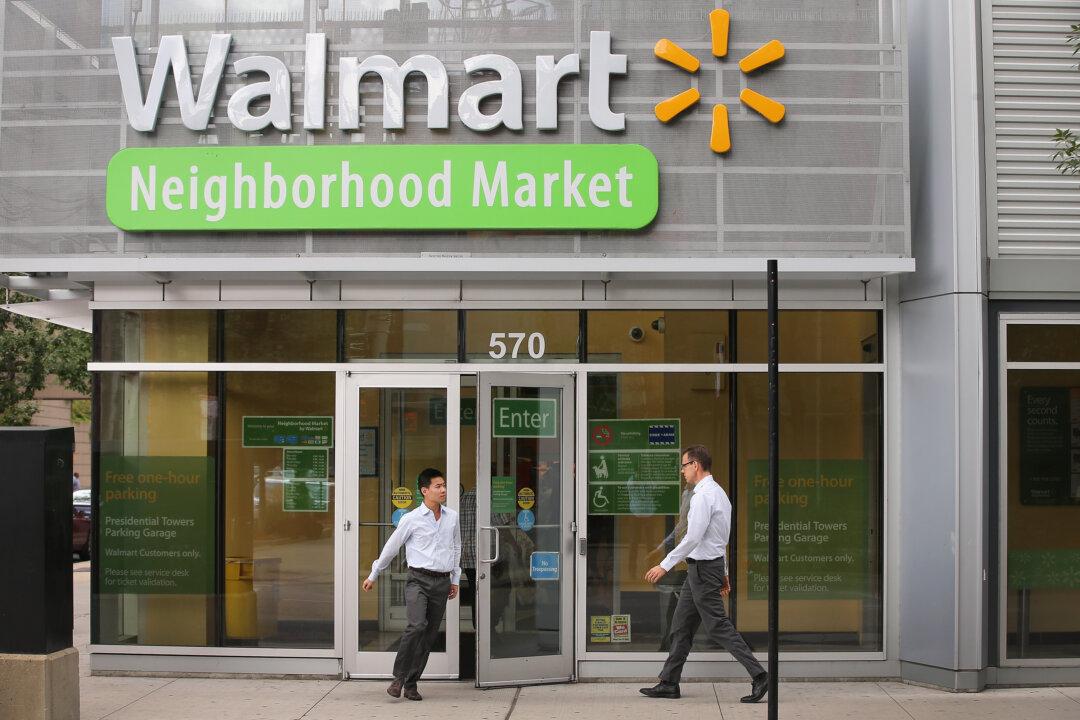It’s no secret that the American middle class has been the stalwart of this country.
This group has been the backbone of society who worked tirelessly, spent, and invested in the American dream. Through the generations the middle class was able to achieve heightened career and financial status. This feat was something that many of their parents’ generation may not have been able to accomplish.
Middle class is defined by Pew Research Center as those households earning 67 percent to 200 percent of their state’s median income. Put another way, the middle class contains households which are two-thirds to double the national median income. With a household size of three, salaries could possibly range anywhere from $42,000 to $200,000 per year depending on the household’s domicile and economic sources.
Additionally, households that are a part of the middle class could take on other psychographic subtexts, too. Marketers use more than income to classify and define marketing targets. It can include these identifiers: some college or college graduate, white/blue-collar employed, level of economic security, own/rent a home, and/or social/political morals. Given the scale of this group over the years, it stands to reason why marketers valued and depended upon this group so much to sell a plethora of products and services.
Recent history has changed the dynamics of the middle class. Between 2007 and 2009, the housing market bubble burst and the “Great Recession” cloaked the country. This had a decided impact on this demographic. Wealth accumulation has declined within the middle class. This group has seen job losses—in particular manufacturing jobs and businesses that supported them—salary reductions, tax increases, and cost of living increases. All of these factors have directly impacted the middle class’ discretionary spending.




